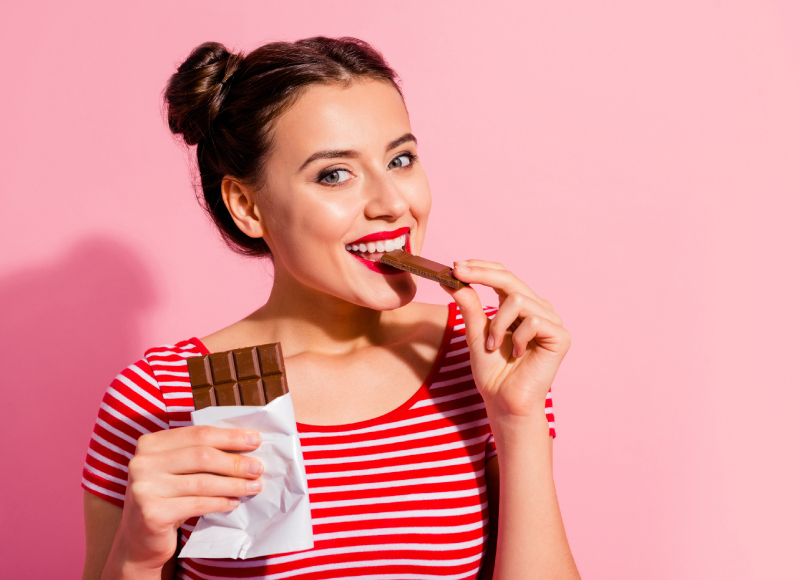
Fill out the form below and we’ll get back to you on your enquiry.
Fill out the form below and click the 'Download Now' button to see our full product catalogue.
Have you ever wondered how that simple yet utterly delicious brown block of melty goodness we all love is produced? Well, at Exquisine we create many of our award-winning desserts with this essential ingredient, so it is essential for our business to understand this process.
The process of preparing the cacao for making chocolate involves harvesting, fermenting, drying, roasting and, finally, grinding the beans into a paste.
The first step is to harvest the cacao pods from the cacao trees. These trees grow pods in the shape of a football and require manual harvesting. Once the seed pods are collected, they are split open, and the cacao beans are removed. Upon harvesting, these beans have a harsh, bitter taste that is nothing like the delicious chocolate they will eventually become.
The beans now undergo the fermentation process, a critical part of developing that rich flavour and body we have grown to love. They are heated on large shallow pans or may be wrapped in banana leaves to simply be heated by the sun. This process can take anywhere up to eight days, and workers must ensure they are frequently rotated to ensure even fermentation.

The cacao seeds must be sun-dried after fermentation before being packed and transported to chocolate manufacturers. The seeds are dried by being spread by hand onto trays in direct sunlight and are later turned over. This process can take anywhere between one and two weeks. During that time, the colour of the beans changes from a reddish brown to dark brown.
Now that the cacao beans have reached the chocolate factories, they are ready to be refined into chocolate!
Roasting cacao beans is the first step in the manufacturer’s chocolate-making process. This dries and browns the beans helping to develop the colour and flavour to what our modern palate anticipates from good chocolate. The outer shell is removed from the beans, and the inside flesh is smashed into pieces known as “cocoa nibs”.
These cocoa nibs are ground into a paste known as chocolate liquor (no, it is not alcoholic). The grinding process generates heat and transforms the nibs into a dark brown liquid. Varying amounts of chocolate liquor are blended with cocoa butter to manufacture different varieties of chocolate. The fundamental ingredient combinations for the different types of chocolate (in order of highest quantity of cocoa liquor first) are:
Following the blending process, the liquid chocolate will be kept or transferred to the moulding facility, where the chocolate will be put into moulds for sale.
Finally, the chocolates will be packed, ready for you to enjoy whichever variety is your favourite!

We’ve helped develop many mouth-watering, delicious dessert innovations that have delighted customers all around the world, inspiring them to come back for more. We’d love to work with you on your next dessert innovation or discuss how you can offer this exciting new treat to your market. Click the button below to book a time to meet.
Contact usSign up for delicious, guilt-free recipes, news and
offers sent straight to your inbox.